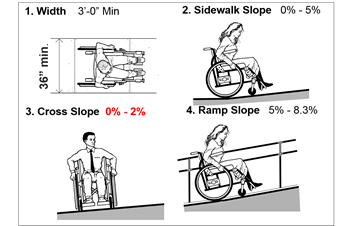Inspect and Invest
Accessibility for all
No owner wants to wake up to surprise expenses or costly lawsuits. You can avoid both by staying on top of your property’s accessibility compliance standards. Across the nation, well-intentioned multifamily professionals are facing citations and fines for noncompliance. Many are surprised to discover that employing licensed architects and contractors does not automatically mean that […]
